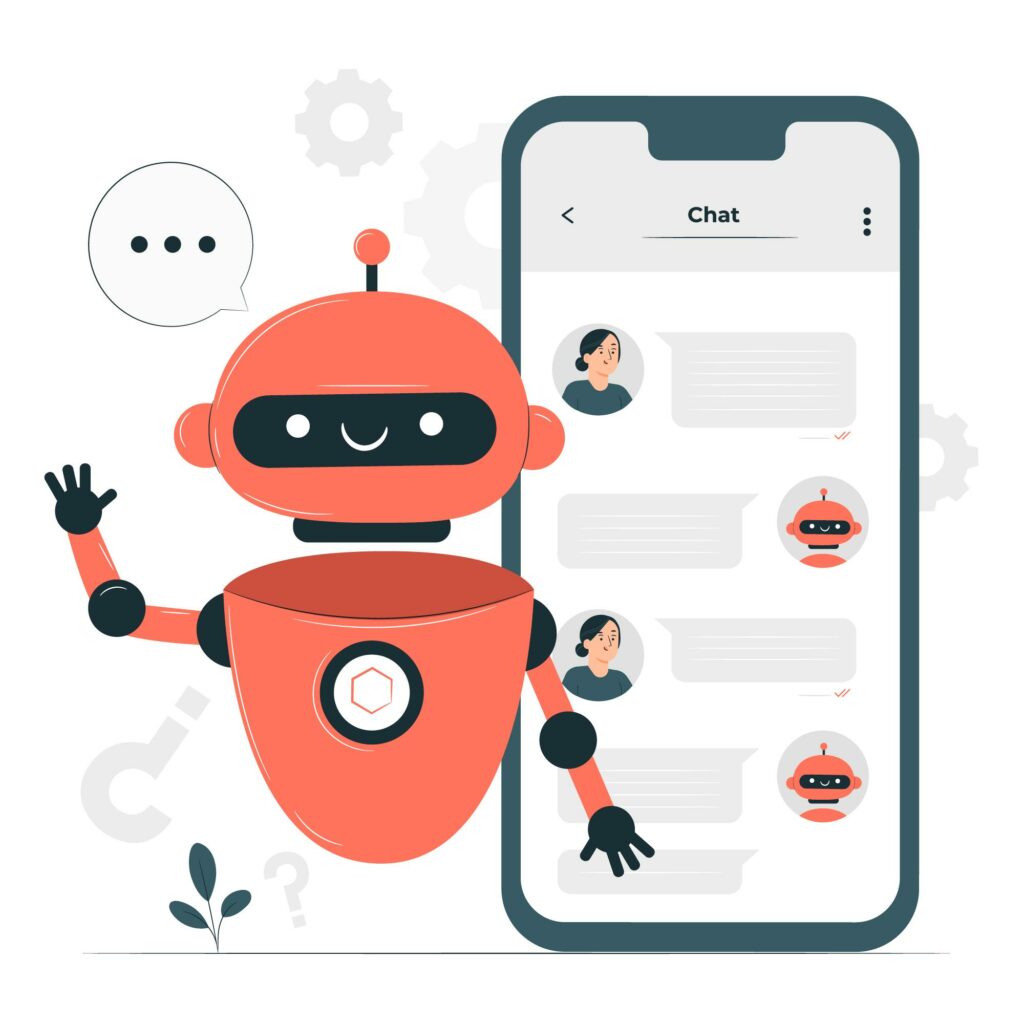ChatGPT is a revolutionary AI technology that is increasingly being used in a business context. Companies use them for various tasks such as customer care, data analysis, process optimization and much more. However, the results achieved with ChatGPT can vary greatly depending on how well the AI is optimized for the particular application. In this comprehensive guide, we will discuss how to use ChatGPT for maximum efficiency by applying the fine-tuning methods that work best for different use cases.

What is ChatGPT?
ChatGPT is an AI technology developed by OpenAI and built on top of GPT-3. It is a generative model based on machine learning capable of generating human-like text. ChatGPT can be used for a variety of tasks, including texting, translation, answering questions, and even customer support.
How to use ChatGPT for maximum efficiency
There are various fine-tuning methods that can be applied to optimize ChatGPT for different use cases. In this section, we will discuss some of the main methods.
1. Fine tuning of the model
Fine-tuning the model refers to adapting the architecture of ChatGPT to the specific use case. By adjusting the layers and neurons of the model, one can improve performance and tune the AI for a specific task.
2. Fine tuning of the corpus
The fine-tuning of the corpus refers to the adaptation of the training corpus to the application. By creating a custom corpus containing data relevant to each use case, one can increase the accuracy and relevance of the generated texts.
3. Hyperparameter optimization
Hyperparameters optimization refers to adjusting the parameters that affect the performance of ChatGPT. By tweaking parameters like learning rate, batch size, and number of epochs, one can improve performance and tune the AI for a specific task.
4. Transfer learning
Transfer learning refers to the application of already trained models to new tasks. Using an already trained model as a starting point for a new model can save time and resources and improve the performance of the new model.

Use cases for ChatGPT
ChatGPT can be used for a variety of use cases. Here are some examples:
1. Customer Support
ChatGPT can be used for customer support to answer frequently asked questions and problems
2. Data preparation
ChatGPT can be used for data preparation to process and analyze large amounts of data quickly and efficiently.
3. Text generation
ChatGPT can be used for text generation to automatically generate text for various applications, such as creating product descriptions or marketing texts.
4. Translations
ChatGPT can be used for translation to translate text from one language to another. The model can be optimized for a specific language combination in order to achieve better results.
Best practices for using ChatGPT
When using ChatGPT, there are a few best practices to keep in mind to get the best possible results. Here are some key best practices:
1. Use of a suitable body
To optimize the performance of ChatGPT, one should use a corpus that is relevant to the specific use case. The more specific the corpus, the better the results.
2. Fine tuning of the model
By fine-tuning the model, one can optimize ChatGPT’s performance for a specific task. The architecture of the model should be adapted to the use case and various hyperparameters should be optimized.
3. Monitoring of results
It is important to regularly monitor and evaluate ChatGPT’s results to ensure they are performing as expected. If the results are not satisfactory, one should retrain the model or adjust the fine-tuning methods.
4. Use of Human Verification
Although ChatGPT is capable of generating human-like text, it is still important to have a human review the generated texts to ensure they are correct and appropriate.
Conclusion
ChatGPT is a powerful AI technology that can be used for a variety of use cases. By fine-tuning the model, corpus, and hyperparameters, and applying best practices, one can optimize ChatGPT’s performance and get the best possible results.
FAQs
- What is ChatGPT? ChatGPT is an AI technology developed by OpenAI capable of generating human-like text.
- For which applications can ChatGPT be used? ChatGPT can be used for a variety of applications such as customer support, data preparation, text generation and translation.
- How to optimize ChatGPT performance? ChatGPT performance can be optimized by fine-tuning the model, corpus, and hyperparameters, and applying best practices.










Leave a Review